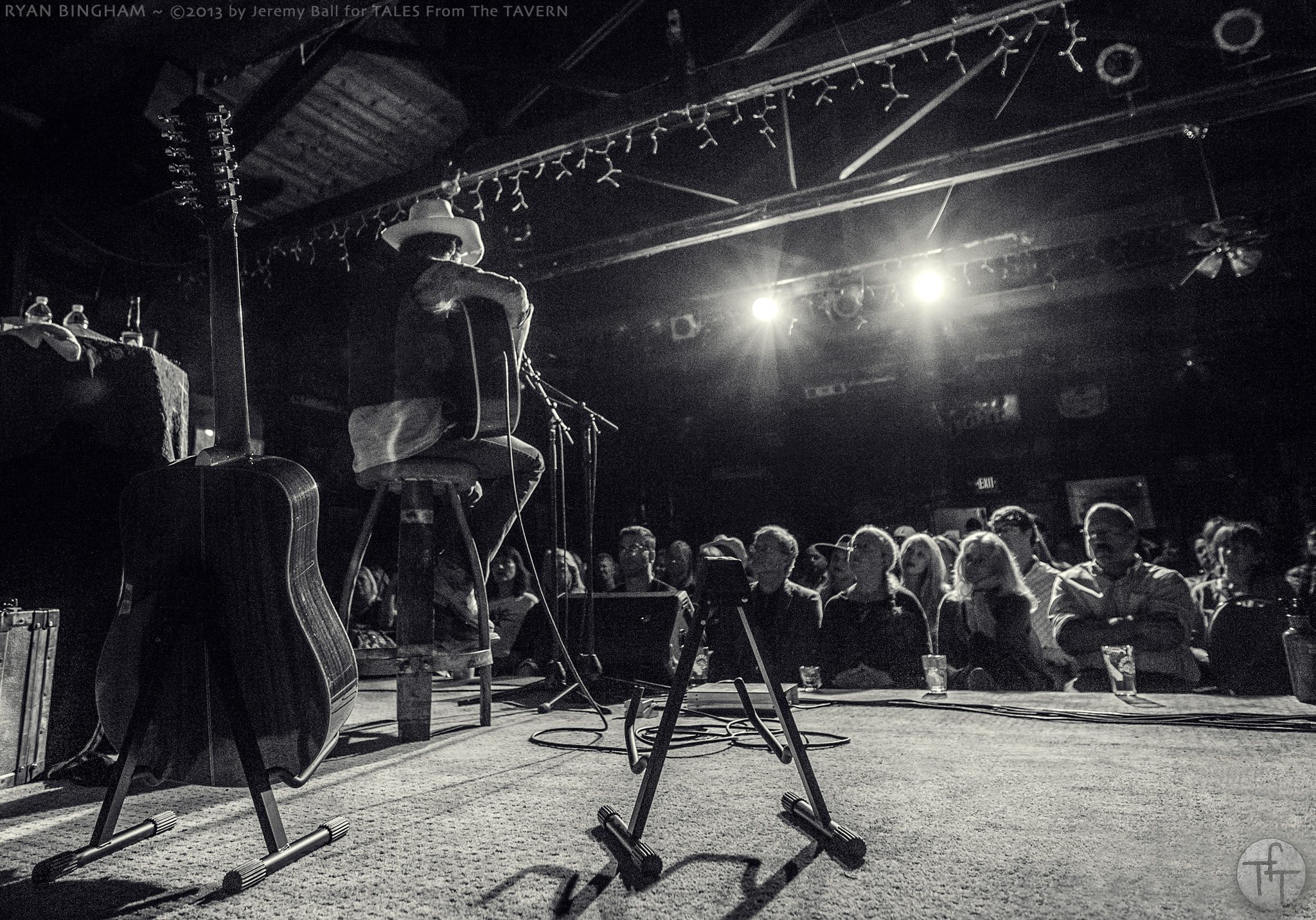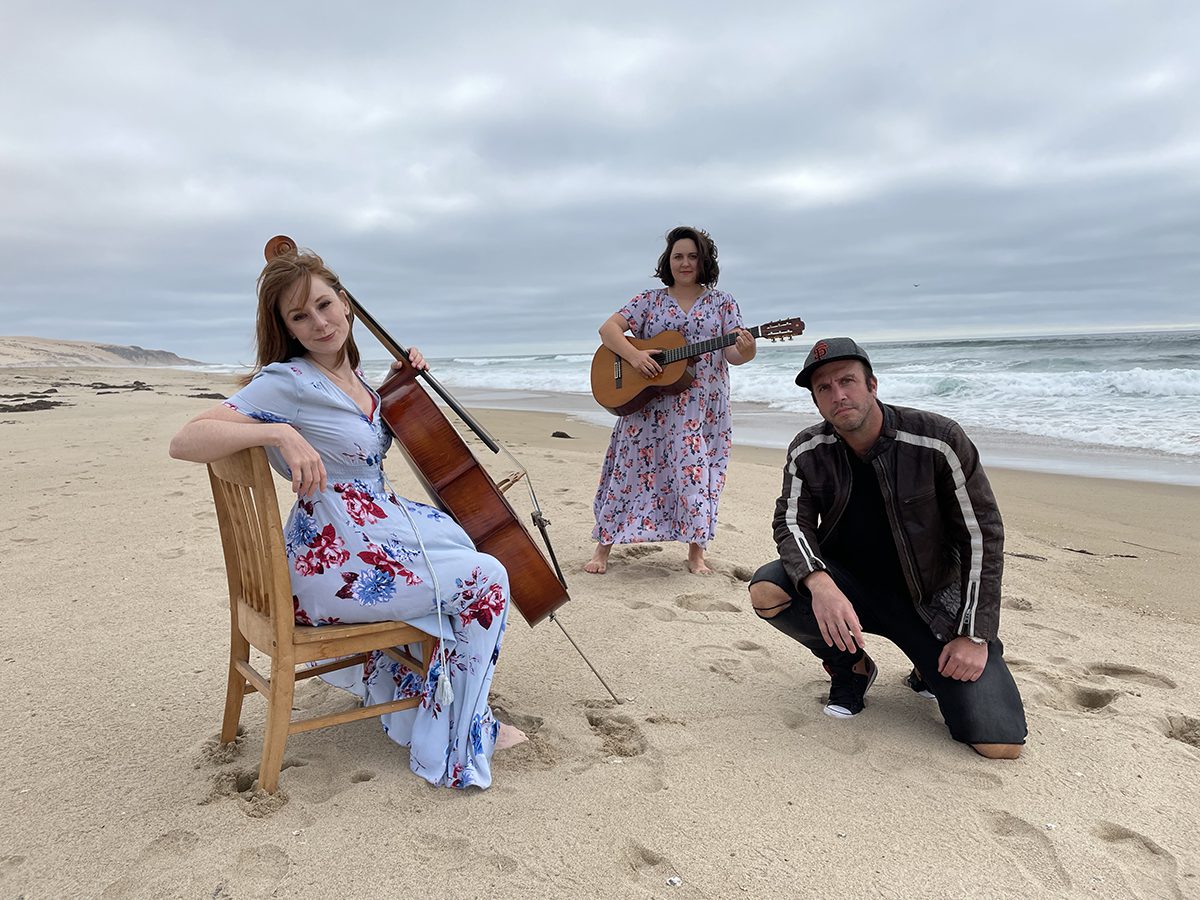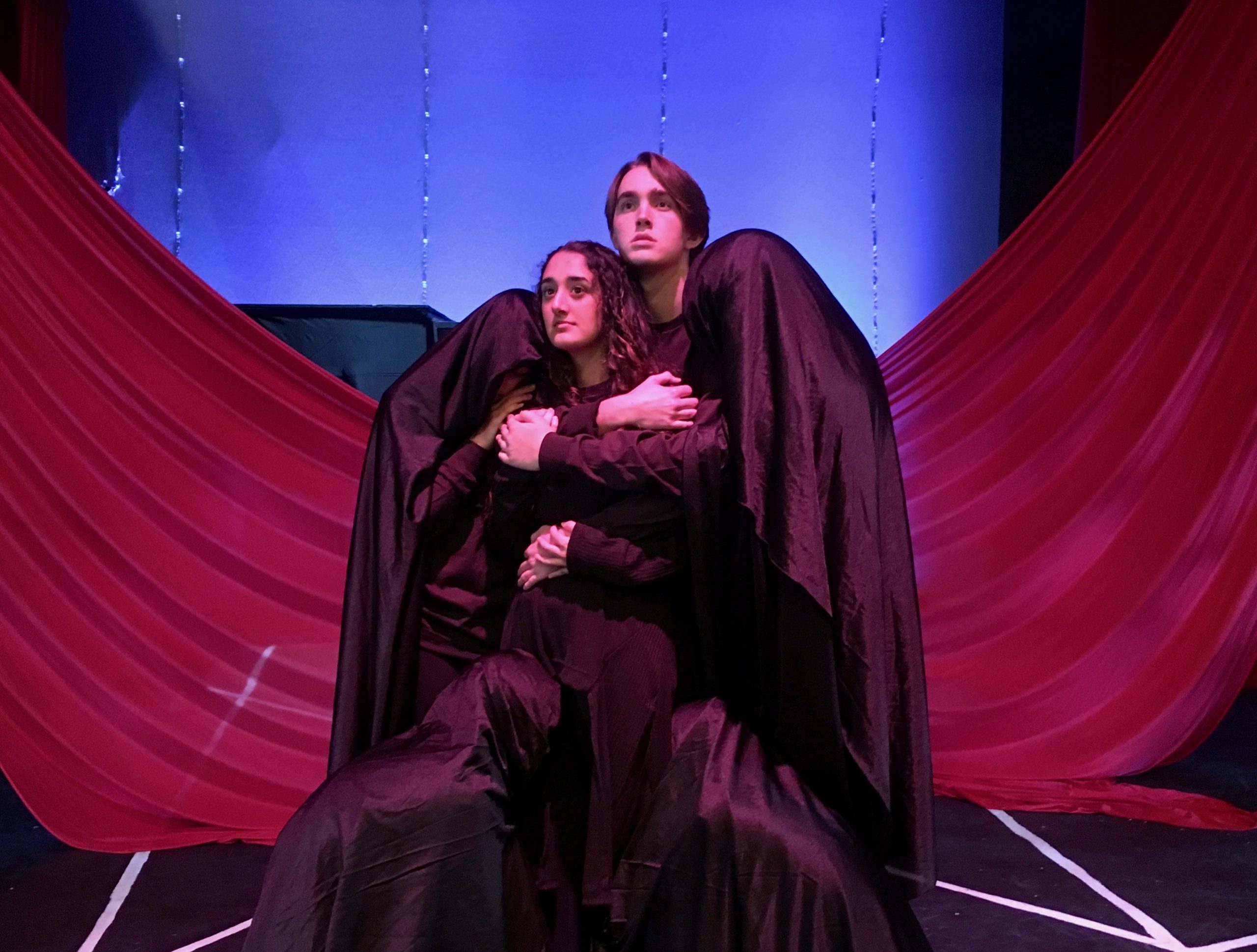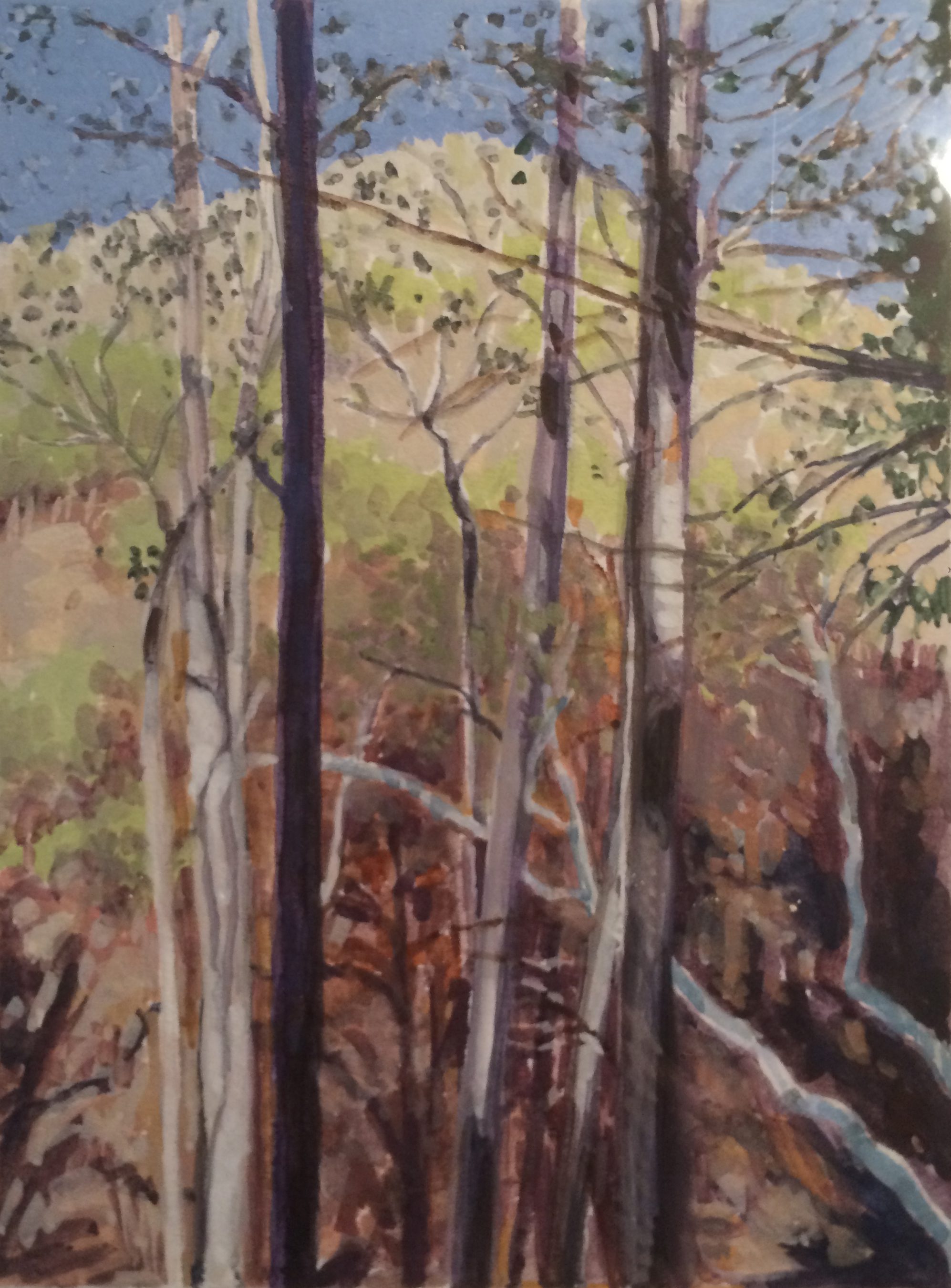By Inclusion SYV
Contributed
In May 2018, NBC News reported that a large majority (64 percent) of Americans said that racism remains a major problem in American society. Unfortunately, the Santa Ynez Valley is not immune to the impacts of racism and bigotry.
Is there a way that we can all better embrace the national, ethnic, religious, and gender diversity of our community and live more rewarding lives? That’s the purpose of Inclusion SYV, an organization founded in 2017.
The members of Inclusion welcome you to a monthly series of true stories written by members of our community, dedicated to initiating a continuing and open discussion of the immigrant experience and the often dramatic and long-term impact of both welcoming and traumatic events.
Our hope is that readers will find each story a meaningful contribution to a better understanding of each other.
The names of the writers are kept anonymous to protect their identity.
Please email any comments to INCLUSIONSYV@gmail.com. If you are interested in telling your story, please let us know.
Uprooted to the United States
My father was uprooted as a teenager from Los Altos de Jalisco, México, to join the masses of men, laborers, who were transported in trains, semi-trucks, and buses to the United States border. This movement resulted from a labor program drafted by the United States and México with the intent to fill the void of “American” manual and agriculture workers during the latter part of World War II. The program became known as The Bracero Program, which started in 1942 and ended in 1964.
Once the Mexican workers arrived at the U.S.-México border, they were contracted by ranchers or corporations to work seasonally. My father worked from Texas to Wisconsin to California and many states in between. He recalls work being abundant, working in horrible environments for even worse wages, and living in abysmal conditions. Hundreds of men were packed in barracks-like living spaces and tents without the proper infrastructure for humans to inhabit. Such labor camps were similar to the plantations in the South and the historic internment camps.
Like thousands of Mexican workers, my father was dismissed from job sites and at times deported without pay. While this was not common practice, some ranchers did take advantage of people’s inability to advocate for themselves; besides, Mexican workers did not have rights. In 1964 the Bracero Program was deemed over, and as a result, my father was deported in the fall of the same year.
Soon after my father’s return to Jalisco, he had his second child. Work was scarce in the area, and the pay was minimal. He was forced to return to the United States. My father returned to the U.S. in 1965 and landed a job in Los Olivos, a place he grew to know best as a laborer.
Longing to provide for his growing young family in México, my father worked as a ranch hand, breaking mules, tending to cattle, growing hay and alfalfa, and keeping up the daily maintenance of the ranch. It was a full-time job that demanded a work schedule of 12 to 14 hours per day, seven days a week, with no benefits or vacations.
I was born in 1967, the fourth of 10 children. While my father was absent a number of years during my childhood, he never abandoned us; he sent money home and visited us whenever he was deported.
Once my mother had her ninth child in 1978, without my father’s knowledge she decided to reunite us. I remember the day she announced that we were going on a trip to California, to be with our father. My siblings and I were thrilled, nervous and scared as we had no idea where or even how far California was. Within hours my mother packed our carry-on belongings in plastic bags and gave the rest of our home goods to the neighbors.
The next day, at dawn, we boarded a train from Guadalajara to Mexicali, Baja California, and three days later we landed in my aunt’s living quarters in the hills of Tijuana. My aunt, her husband, and five children lived in a shanty, 20-by-20 square feet, structure propped up with remnants of construction materials including garage doors and vehicle parts.
The detached kitchenette was adjacent to an outhouse my uncle made out of pallets and roofing materials. Imagine, seven of them and 10 of us sharing that space; we knew we were family, but we had never met.
Upon arrival my mother and her sister embraced tightly, like magnets. Tears flowing and muffled words of love and hope uttered by both slid past their clasped cheeks; they had not seen each other in years.
A month later, after two attempts at crossing the border, aided by several coyotes, smugglers, we arrived in Los Olivos in June 1978. After a sleepless, grueling, and nerve-wracking hike in the middle of the night filled with uncertainty and a 10-hour car ride, we arrived at our destination — a run-down ranch house perched on a hill next to a semi-busy highway.
My father had just settled in for the night. Traces of refried beans and charred pieces of flour tortillas sat on the stove top, and several Schlitz and Coors beer cans lay scattered between a small three-person dining table and his nightstand. As if he had simply slipped out of them after an exhausting day, his worn, leather work boots and his faded, stained jeans rolled out next to the bed. The smoke of his last cigarette before bed still wafted through the air along with the scent of emptiness and loneliness in the ragged house.
My mother did not knock on the door; she opened it slowly as if trying to sneak in. However, the screeching of the old rusty door quickly woke up my father. From a dark corner, we heard his faint low voice, quién. In silence, my mother walked through the shabby dark kitchen feeling along the walls trying to find a light switch. My father turned on an old hoodless lamp, they saw one another, their eyes locked like scopes on target, my siblings and I huddled behind our mother, trying to adjust our eyes to the light. My father rubbed his eyes twice in disbelief, smiled, both launched forward with open arms and embraced, we joined, making a human knot, emotions were swirling, cries of happiness and hope, grunts of strength from tight hugs; we had not seen each other in a few years.
The next morning I woke up to the clicking and knocking of dishes as my mother was cleaning the few pans and dishes my father had in a box. I walked outside to see the surroundings; I was struck by the vast empty landscape, the rolling hills covered with large mature oak trees; the houses in the distance looked odd to me, they were made out of wood and painted like doll houses. The fences were made out of barbed wire and not rocks, like the ones I was familiar with.
The absence of cacti, the thorny chaparral, and the jagged rocky mountains, for a moment consumed me with nostalgia. The first people I saw were blonde, pale with rosy cheeks, some exceptionally tall and speaking a foreign language I did not understand. I felt out of place and confused. How was I going to communicate? I retreated home and asked my siblings to go out and see our new ranch.
FYI
Join Inclusion SYV and acclaimed author and speaker Reyna Grande for “An Immigrant’s Story” from 4 to 5:30 p.m. Saturday, May 11, at St. Mark’s-in-the-Valley Episcopal Church.
There will be wine, cheese and conversation about the price of the American dream.







